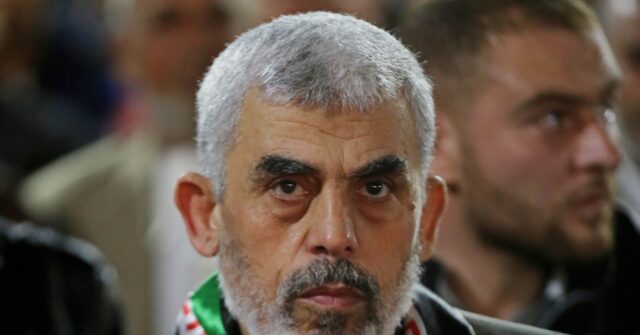On October 16, 2024, Israel’s Defense Forces (IDF) officially announced the elimination of Yahya Sinwar, the leader of the Hamas organization. This marked a significant moment in the ongoing conflict, as Sinwar has been deemed responsible for orchestrating the brutal October 7th Massacre, which led to numerous casualties and abductions of Israelis. In a joint statement from the IDF and the Israel Security Agency (ISA), they confirmed that Sinwar had been killed during an operation in southern Gaza after a prolonged year-long pursuit. The operation underscores the IDF’s commitment to dismantling key terrorist figures, indicating that international tensions surrounding the conflict continue to shape military strategy and operations.
The IDF’s extensive efforts to neutralize Sinwar involved a series of targeted missions in the southern Gaza Strip, based on intelligence that suggested the presence of high-ranking Hamas officials. It was reported that as Israeli forces tightened their grip through preceding operations, Sinwar’s movements were severely restricted, eventually leading to the chance encounter that resulted in his death. Initial reports of the engagement suggested that Sinwar’s elimination may have been the unfortunate consequence of directed tank fire aimed at the building where he was believed to be hiding. Once infantry units followed up on the strike, they discovered a body that matched Sinwar’s description, which was subsequently confirmed after further examination.
The circumstances surrounding Sinwar’s death reveal troubling elements relating to his attempts to mitigate the risk of being targeted by Israeli forces. In the weeks leading up to his elimination, there were reports indicating he was hiding among civilians and utilizing complex tunnel systems to evade detection. Furthermore, disturbing revelations emerged regarding the fate of hostages, as it was disclosed that he had been surrounded by hostages, only to see them executed as Israeli forces advanced. This betrayal underscored both Sinwar’s brutal tactics and the complicated dynamics of the conflict, affecting perceptions of Hamas and their leadership among the Palestinian population.
In the global context, Sinwar’s killing has taken place amid increasing diplomatic tensions. Just days prior, the Biden administration had signaled a tough stance toward Israel regarding its military operations and humanitarian policy in Gaza. The administration’s calls for a ceasefire and the emphasis on increasing aid highlighted the delicate balance of maintaining international support while also managing the complexities of the Israeli-Palestinian conflict. This situation complicates Israel’s military objectives and underlines the divergent approaches of various nations in addressing the humanitarian crises and military engagements within the region.
As news of Sinwar’s elimination spread, many Israelis expressed hope that this significant development might lead to the release of hostages still held by Hamas, some of whom are believed to be alive. Additionally, there are optimistic expectations that the end of Sinwar’s leadership could pave the way for a ceasefire, reducing the bloodshed and potentially restoring some degree of stability in the region. In light of the lengthy and tumultuous history of violence between Israel and Hamas, the implications of Sinwar’s death are profound and multifaceted, hinting at potential shifts in future military and diplomatic strategies.
The response from Israeli officials, including Defense Minister Yoav Gallant, was one of relief and validation. Gallant’s statement emphasized the notion that Israel’s protracted efforts against terrorism had reached a critical juncture, representing a culmination of years of conflict regarding Sinwar’s actions and the suffering inflicted on Israeli civilians. The IDF’s pledges to pursue all those who pose a threat to Israel, alongside the broader ramifications of these developments, are indicative of the ongoing cycle of violence that characterizes the Israeli-Palestinian landscape, creating an unsettling yet pivotal shift in the ongoing narrative of the conflict.

